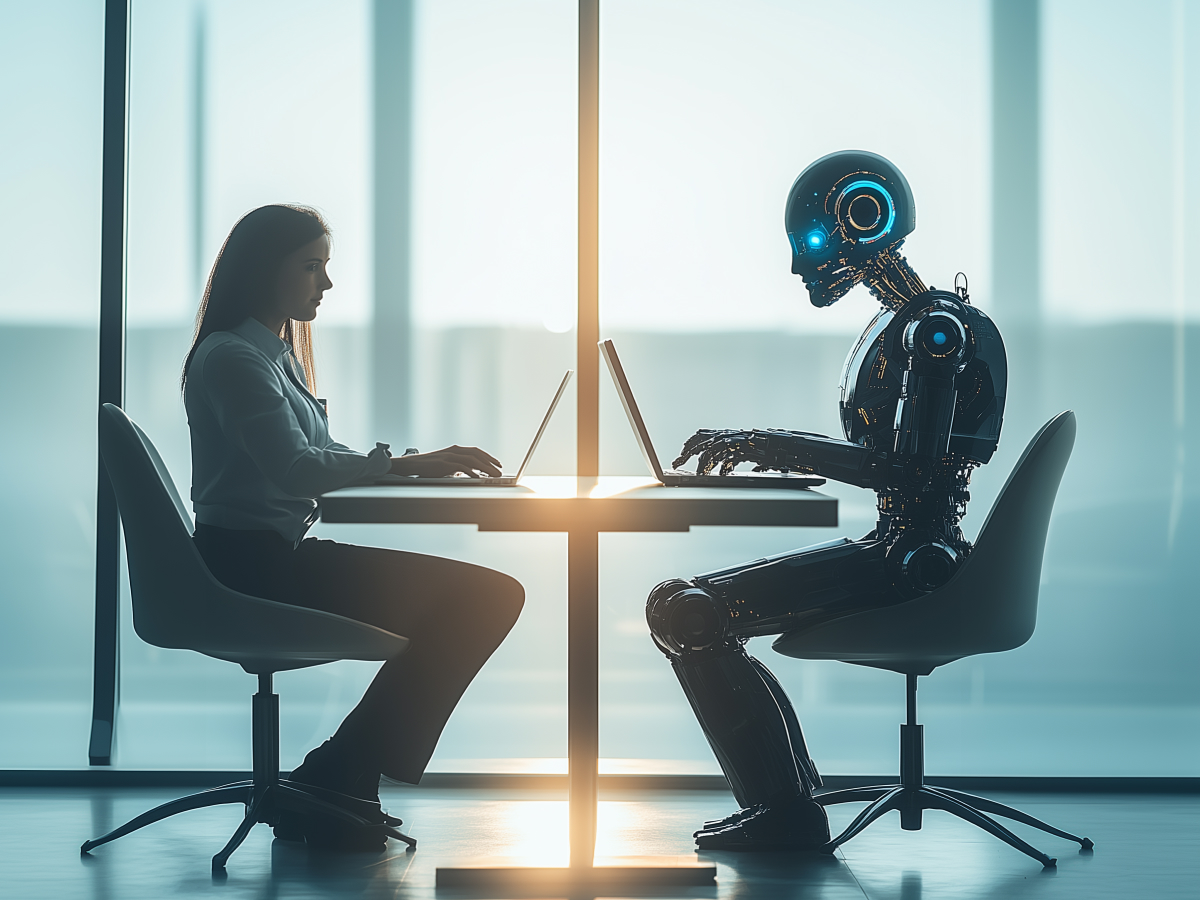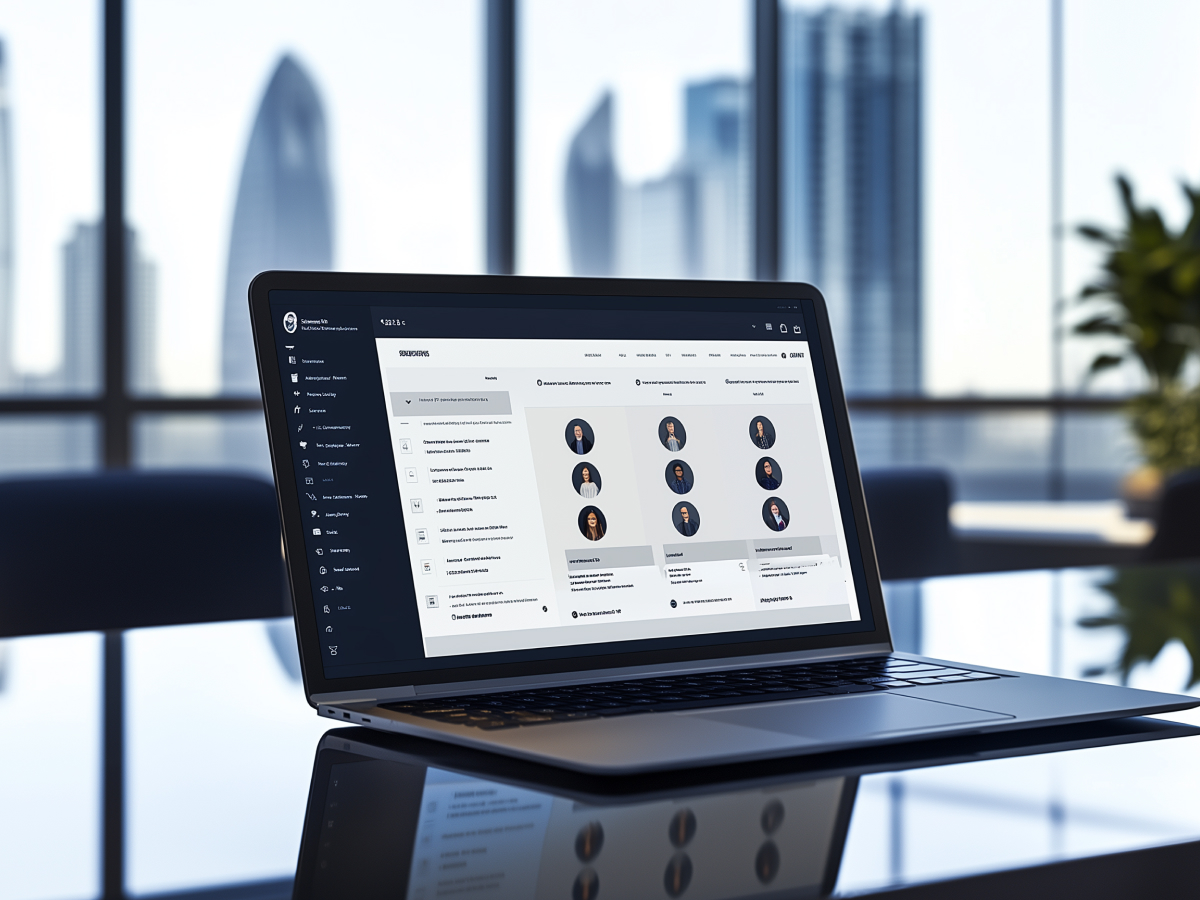IT hiring is hitting a plateau
The IT sector has been the crown jewel of employment growth, but as we approach 2025, we’re seeing a change in the market. The hiring boom that defined the last decade is giving way to a more calculated and deliberate strategy. Businesses are pivoting from hiring en masse to seeking out specialists who can adapt quickly to a fast-changing environment. It’s more of a recalibration than a collapse, and one that reflects broader economic caution and the growing need for talent with precision skills.
Economic uncertainty is a shadow that looms large over hiring decisions. Employers are tightening the reins, keeping the talent they already have, and being selective about adding new members to the team. Jonas Prising, CEO of ManpowerGroup, points out that hiring plans are stable but subdued. Companies are playing it safe, and this trend is echoed in ManpowerGroup’s Q1 2025 report, which notes steady, albeit muted, hiring projections.
Seasonal hiring patterns are also shifting gears. Employers are extending the time they take to make decisions, and holiday hiring sprees are becoming less intense. Instead, hiring spikes earlier in the year. Becky Frankiewicz from ManpowerGroup suggests this reflects a broader trend of adapting workforce planning to meet industry-specific needs.
“What we’re witnessing is a labor market normalizing, but at different speeds depending on the sector. It’s deliberate, strategic, and laser-focused on long-term value.”
GenAI is impacting entry-level IT roles
The introduction of generative AI into the workplace is changing what it means to start a career in IT. Tools like Microsoft 365 Copilot and IBM Watson Assistant are taking on tasks that were once bread-and-butter for junior roles, such as HelpDesk support. While this doesn’t spell doom for entry-level jobs, it does mean that those roles are evolving into something more sophisticated. The demand now is for individuals who can harness AI for creative problem-solving, advanced data analysis, and cybersecurity threat detection.
We’re seeing a realignment in hiring priorities. Karat reports that 60% of engineering leaders are now hiring AI engineers, a dramatic increase from 35% last year. AI-specific skill sets are climbing the priority list: 74% of hires are focused on AI engineering, 62% on API integration, and 58% on data science. This trend indicates there’s a shift toward a workforce that’s adept at implementing AI into real-world applications.
Elizabeth Lascaze from Deloitte calls this the era of adaptability. Workers need to master AI tools while understanding how to use them strategically. As organizations embrace AI, they’re actively seeking professionals who can blend technical expertise with insight-driven action.
AI is increasing workloads and creating training gaps
AI was supposed to make life easier, but for many workers, it’s added complexity. While automation should free up time, the reality is that AI adoption often comes with heavier workloads. Employees are wading through uncharted territory, and without the right support, it’s easy for frustration to creep in. Indeed’s survey reveals that 77% of AI users are facing increased workloads, a mismatch with the 96% of C-suite leaders who believe AI will improve productivity.
Training is a glaring gap. Employees often lack the tools and guidance to make the most of AI. Early-career workers are excited about the technology’s potential, but tenured employees, while experienced, need pathways to learn how AI can enhance their roles. This disconnect points to an urgent need for mentorship programs and skills alignment initiatives.
Deloitte reports that 83% of early-career workers and 68% of senior employees use AI, but usage alone isn’t enough. What we need is a workforce that understands AI and knows how to make it work efficiently. This is where organizations can step in with structured training and mentorship opportunities, creating an ecosystem where everyone can thrive.
Quit rates indicate reduced job seeker confidence
Job seekers are growing cautious, and the numbers tell the story. Quit rates, a strong indicator of worker confidence, have been declining. In September 2025, the quit rate hit 1.9%, its lowest level since 2015, before nudging back up to 2.1% in October. This cooling hints at the broader labor market’s slowdown, particularly in the tech sector.
After the hiring frenzy of 2021–2022, which was fueled by pandemic-driven demand for digital transformation, companies are pulling back. Fewer job postings and slower hiring processes are making workers think twice before making a leap. It’s a sign of a market recalibrating, but it’s also a signal for organizations to double down on retaining their top talent.
The impact of growing demand for AI-specific skills
The demand for AI talent is climbing, and it’s disrupting how companies think about hiring and development. While AI-related roles still make up a small fraction of the job market (just two in 1,000 positions nationwide as of October 2025) the growth is undeniable. Karat’s data shows a steep rise in demand for AI engineering, API integration, and data science roles, with 74%, 62%, and 58% of hiring leaders prioritizing these skills, respectively.
Organizations are now building internal AI talent pipelines. Reverse mentorship programs, where early-career workers help tenured staff master AI tools, are becoming increasingly popular. These initiatives encourage collaboration while bridging skill gaps across different career stages. Elizabeth Lascaze highlights the importance of connecting seasoned professionals with projects that let them apply AI strategically, making sure both senior and junior employees grow together.
The future workforce will need to be tech-savvy, AI-fluent, adaptable, and ready to tackle complex challenges head-on. Companies will need to focus on creating a culture where everyone can learn, adapt, and innovate together.
Final thoughts
As you head into 2025, are you building a workforce ready to master the tools of tomorrow, or are you clinging to outdated systems? The future won’t reward those who hesitate. How will you empower and equip your team to adapt, innovate, and lead in a world driven by AI and precision skills?





